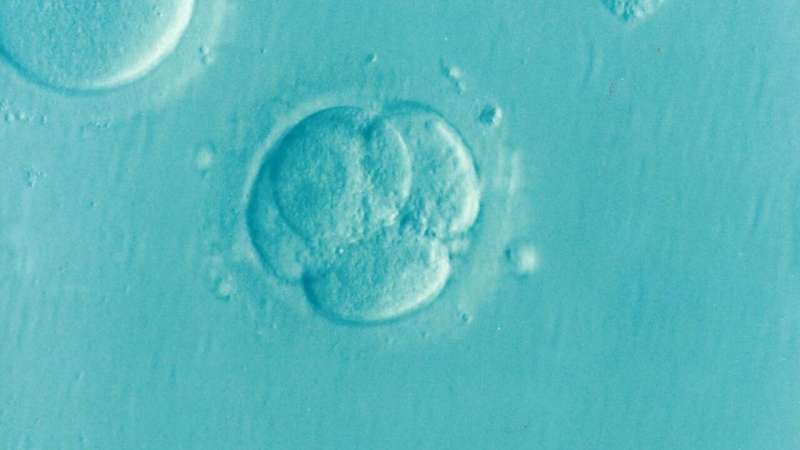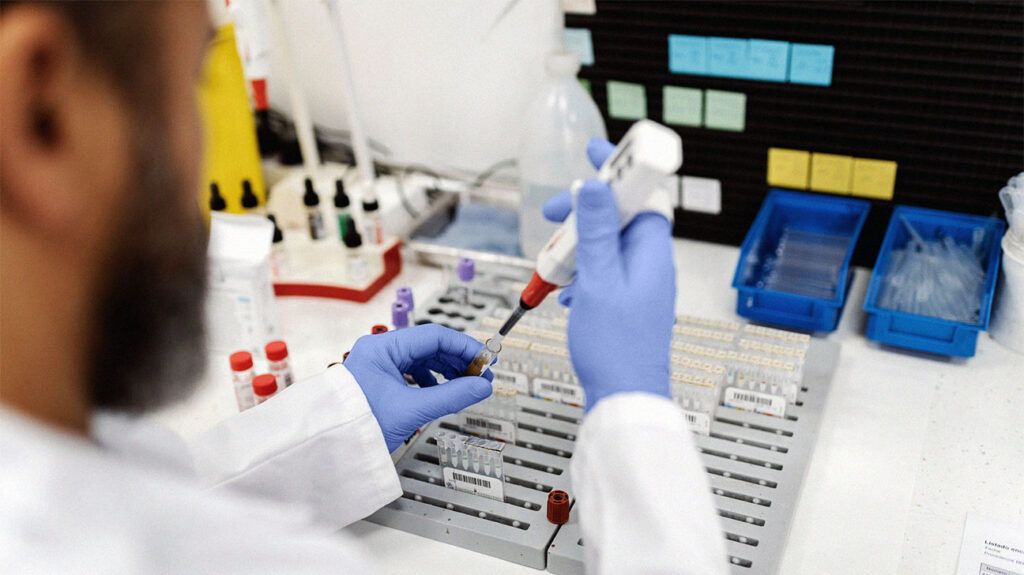Thin Endometrial Thickness May Not Limit IVF Success Rates

Emerging research indicates that a thin endometrial lining may not significantly hinder IVF success, opening new possibilities for patients with thinner uterine linings.
For many years, fertility specialists have believed that a thin endometrial lining—the innermost tissue layer of the uterus crucial for embryo implantation—could negatively impact the success of in vitro fertilization (IVF). As a result, in the United States, physicians often delay IVF procedures until the endometrial lining thickens to an optimal measurement. However, recent research suggests that a thin endometrium might not significantly reduce the likelihood of achieving a live birth.
A comprehensive study published in the journal Human Reproduction analyzed data from 25 fertility centers worldwide. The investigators found that for a considerable number of patients, having an endometrial thickness of less than 7 millimeters did not correlate with lower pregnancy or live birth rates. In fact, the study included over 30,000 IVF cycles, primarily involving frozen embryo transfers of genetically tested single embryos.
The data revealed regional differences in how clinics approach thin endometria. In the U.S. and Spain, where practitioners often avoid transferring embryos if the lining is too thin, only around 3-5% of transfers were performed in patients with endometrial thickness below 7 millimeters. Conversely, in the UAE, where clinicians are more inclined to proceed regardless of thickness, the rate was approximately 12%. Interestingly, the research indicated that in UAE clinics, thin endometria were not associated with reduced birth rates. In contrast, U.S. and Spanish clinics showed about a 20% reduction in live births when the endometrial lining was thinner than 7 millimeters.
The findings hint that the relationship between endometrial thickness and IVF success is complex. Dr. Emre Seli, from Yale School of Medicine, emphasizes that the underlying causes of a thin endometrium might be more critical than the thickness itself. Many patients with a thin lining remain able to conceive and carry pregnancies successfully, even with measurements below 5 millimeters. Seli suggests that factors driving persistent endometrial thinning could also contribute to implantation challenges, but these mechanisms are not yet fully understood.
Furthermore, the study emphasizes that in some regions, clinicians proceed with embryo transfer regardless of endometrial thickness, which has led to successful pregnancies even among women with very thin linings. This challenges traditional age-old notions that a thicker endometrium universally correlates with better outcomes.
Future research aims to develop predictive models to better inform patients about their individual chances of success, considering their specific endometrial characteristics. Overall, the study advocates for a more nuanced approach, recognizing that a thin endometrium does not necessarily equate to an unsuccessful pregnancy journey.
Stay Updated with Mia's Feed
Get the latest health & wellness insights delivered straight to your inbox.
Related Articles
Advancements in Seizure Localization Using ChatGPT Enhance Neurosurgical Precision
Innovative use of ChatGPT enhances the accuracy of identifying seizure origins in the brain, supporting neurosurgeons and improving epilepsy surgical outcomes.
A Simple Blood Test May Predict Your Lifespan and Healthy Aging
Discover how a simple blood or saliva test measuring DNA methylation patterns can predict your biological age, assess health span, and guide personalized strategies for healthier aging.
How Profit and Politics Have Shaped US Healthcare's High Costs and Inequities
The U.S. healthcare system's high costs and disparities are no accident. Historical policy choices have cemented profits and inequalities into the fabric of American health care, making reform challenging. Understanding this legacy is key to driving meaningful change.
Impact of APOE Protein Variants on Microglia Function in Alzheimer's Disease
A groundbreaking study uncovers how different APOE protein variants influence microglial functions, affecting Alzheimer's disease progression and offering new targets for personalized therapies.



